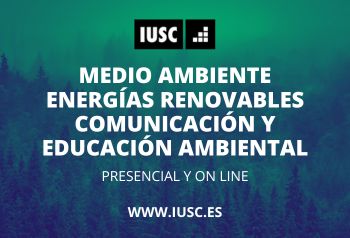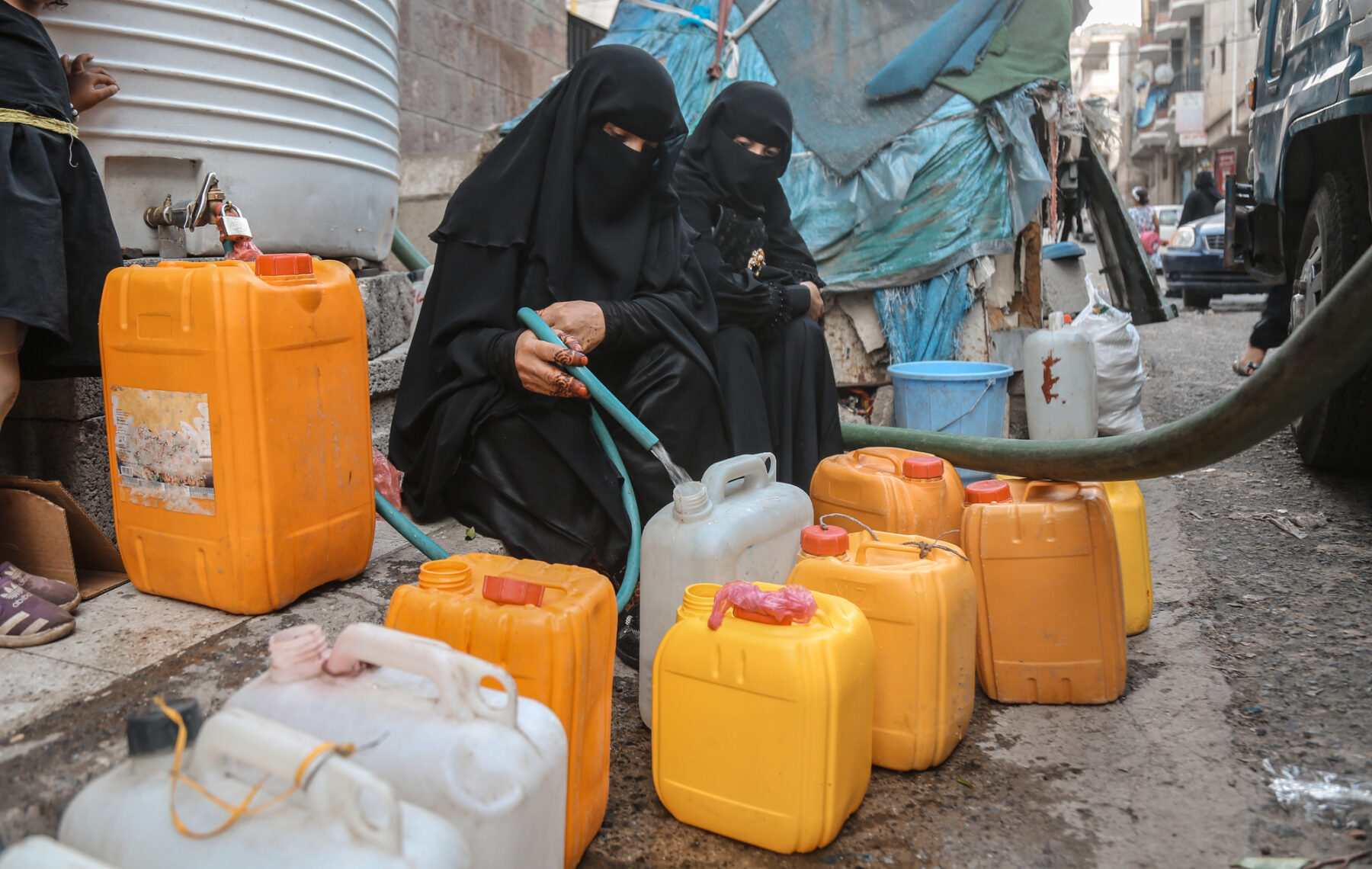The genocide in the Gaza Strip seems to have no end, International humanitarian organizations have been unanimous in their assessment: the situation is unbearable, Emergency levels unprecedented since World War II have been reached.
Devastation in Gaza, demolition of practically all infrastructure, more than 40,000 people killed, millions of people displaced, lack of food and water. Israel’s attacks have affected people’s livelihoods, public health, sanitation, education and also the environment. The basic necessities for life in Gaza: shelter, water, food and a healthy environment – are no longer accessible to the entire population.
Irrigation water salinity
The salinity of irrigation water has doubled, crops do not grow as before. The field team reports an increase in groundwater salinity in Almwasi-AlQarara and Khanyounis. Farmers report that olive nurseries used to be irrigated with groundwater wells with salinity 1,800 mg/l.

Currently, due to excessive pumping of groundwater from the Almawasi area to supply water to displaced people, the salinity of the well has doubled and reaches 4,000 mg/l. So, the newly planted olive trees have not survived and other vegetables are not growing as usual. Likewise, farms and greenhouses showed an increase in salinity from 1,300 mg/l to 2,200 mg/l in the first five months of the genocide.
Texture and structure of soil for cultivation
Bombings cause loss of fertility and soil contamination with heavy metals. Intensive bombing causes the burning and deterioration of the soil, in turn destroying the beneficial organisms of the land; they kill trees and deform their fruits; organic matter disappears completely with the successive loss of fertility.

Crops deteriorate due to the impact of heavy machinery (bulldozers, heavy vehicles), causing degradation in the health and density of the crops. These activities in turn lead to soil compaction, dryness and loss of moisture, the surface layer is completely damaged and when the earth is removed, the lower saline layers appear on the surface, damaging crops.
At the same time, in the sampling toxic heavy metals have been found (Chromium, Nickel, Cobe, Cobalt and Lead) due to bombing on agricultural lands.
The livestock sector is completely destroyed due to the lack of availability of food for livestock. This in turn affects the availability of organic fertilizers, so farmers tend to use unlabeled fertilizers, pesticides and herbicides, which come from the black market.
Solid Waste
63 unregulated landfills next to camps for displaced people. This is one of the most destructive and direct environmental consequences of the Israeli war against Palestine. The field team monitored more than 63 irregular landfills throughout Gaza with a total of 1.2 million tons of solid waste.
The main reason for the formation of these unregulated landfills is the decision of the Israeli army to prevent access to official landfills.since they are all now in the “security zone” demarcated by Israeli forces and are therefore inaccessible. Unregulated landfills have sprung up near displaced people’s camps. What makes the situation even worse is the almost total collapse of the solid waste collection and processing system.
The continued accumulation of solid waste in unregulated landfills next to the camps represents an imminent public health disaster.it is a source of disease transmission, either through direct contact with children or adults, or through insects.
Urgent call to all environmental and human rights organizations to pressure Israeli authorities to allow safe access to landfillsas well as supply Gaza with the necessary equipment and materials to improve the collection and processing of solid waste and urgently eliminate all unregulated landfills.
Sewage
More than 72 ponds with sewage, more than 50% of children have contracted hepatitis A. The field team monitored more than 72 wastewater ponds: about half contained one million cubic meters of raw sewage. The main reason for the formation of these ponds is due to the destruction by the Israeli army of several wastewater collection points, as well as the stoppage of several pumping stations, either due to lack of maintenance or shortages. of fuel after the total blackout of electricity in Gaza.
All wastewater treatment facilities in Gaza are no longer functional because they are directly attacked by the Israeli army, leading to partial or complete destruction of the infrastructure. This has resulted in widespread sewage flooding at the three main treatment plants in eastern Gaza.
This also leads to a buildup of sewage in lowlands, areas that are designated for rainwater collection and filtering such as Sheikh Radwan Pond in Gaza City. Some of this untreated water is also discharged into the sea.
Displaced people in the “safety zone” demarcated by the Israeli army have begun using septic tanks to dispose of raw sewage. The daily amount of this type of raw water seeping into groundwater in the southern Gaza Strip is 10,200 cubic meters per day.
Unfortunately, the environmental threat in the area is real, there are already several diseases that have been transmitted through water to the population: hepatitis, vomiting, yellow fever, trachoma, malaria, cholera, among others. The Ministry of Health reported that more than 50% of children have contracted hepatitis A and samples taken from wastewater showed the presence of the polio virus.
With the arrival of winter, the risk of flooding will increase, spreading sewage among displaced people, who are particularly exposed.
Water supply and pollution
Currently, displaced people do not receive more than 3 liters of drinking water per day. Seawater desalination plants and water from the Israeli company Mekorot are the most important sources of drinking water available in the Gaza Strip.
Water available for other purposes has decreased from 80 liters to 15/20 liters per person per day. The underground reservoir is the main source of this water, either through some municipal wells that are still in operation or through some agricultural wells and private wells.
The results of biological examination carried out this week on 20 water samples from areas adjacent to solid waste landfills in the Central Region and Khan Yunis reveal serious contamination by total and fecal coliform bacteria, confirming the arrival of untreated sewage and highly toxic leachates resulting from solid waste to the groundwater reservoir and, therefore, the transfer of these dangerous pollutants directly to the population. It is necessary to take measures and monitor all groundwater wells to sterilize the extracted water by adding chlorine in sufficient quantities.

